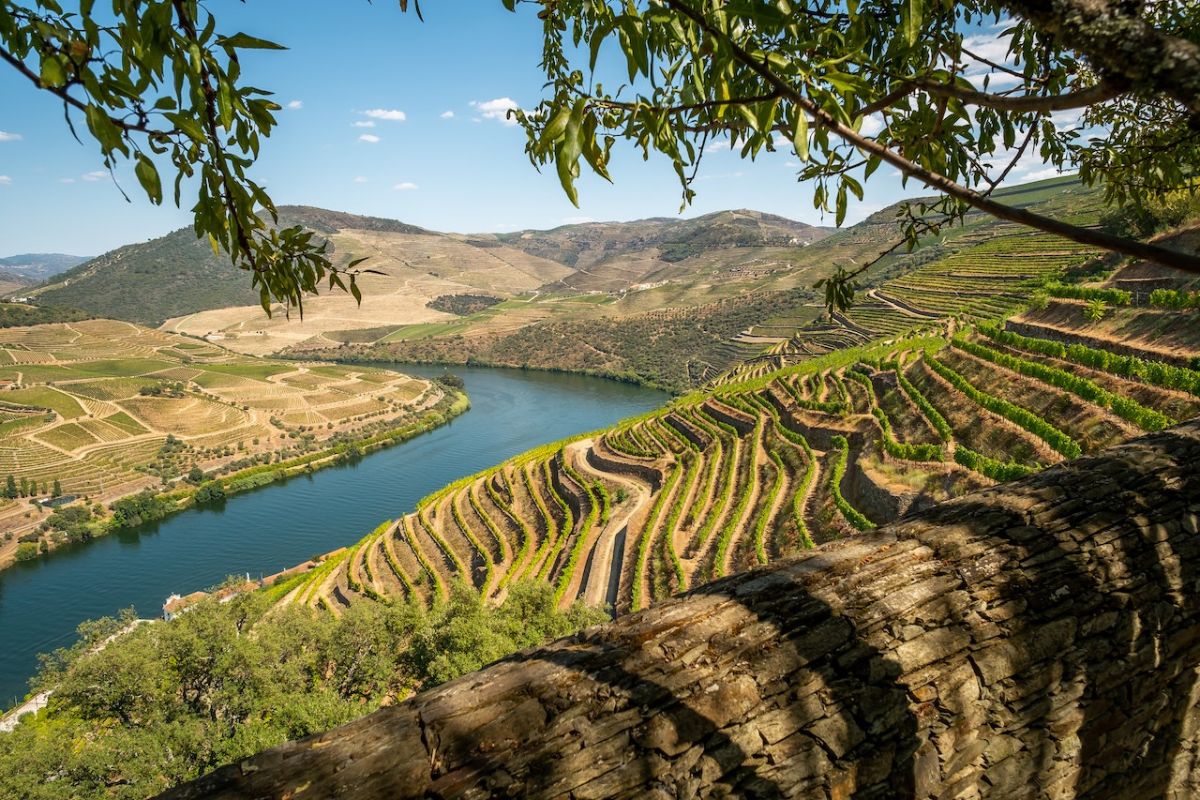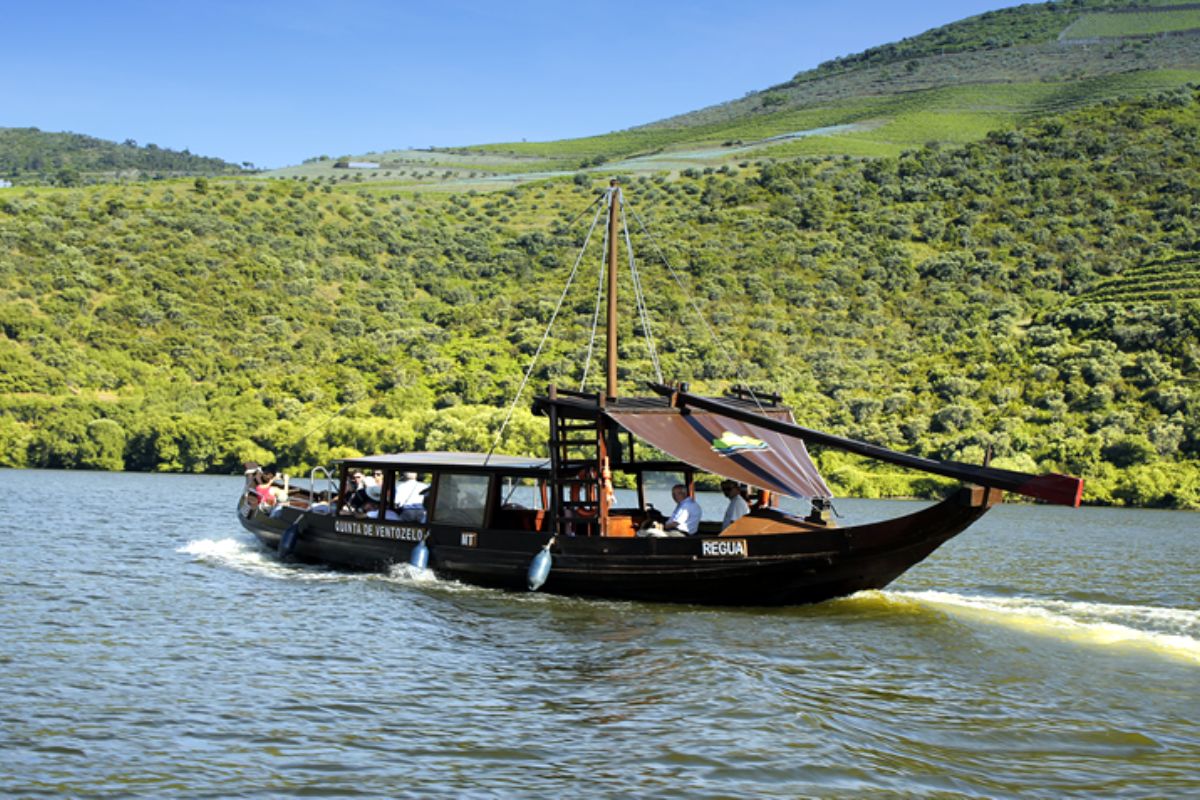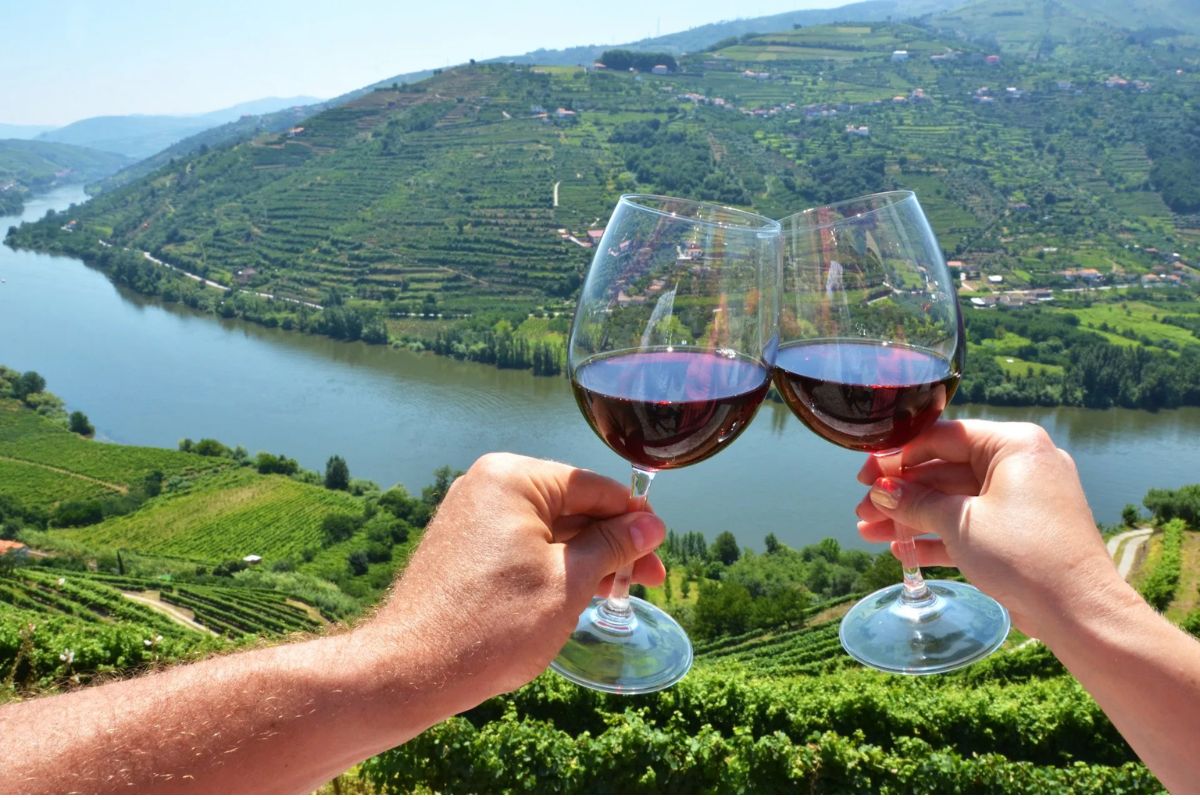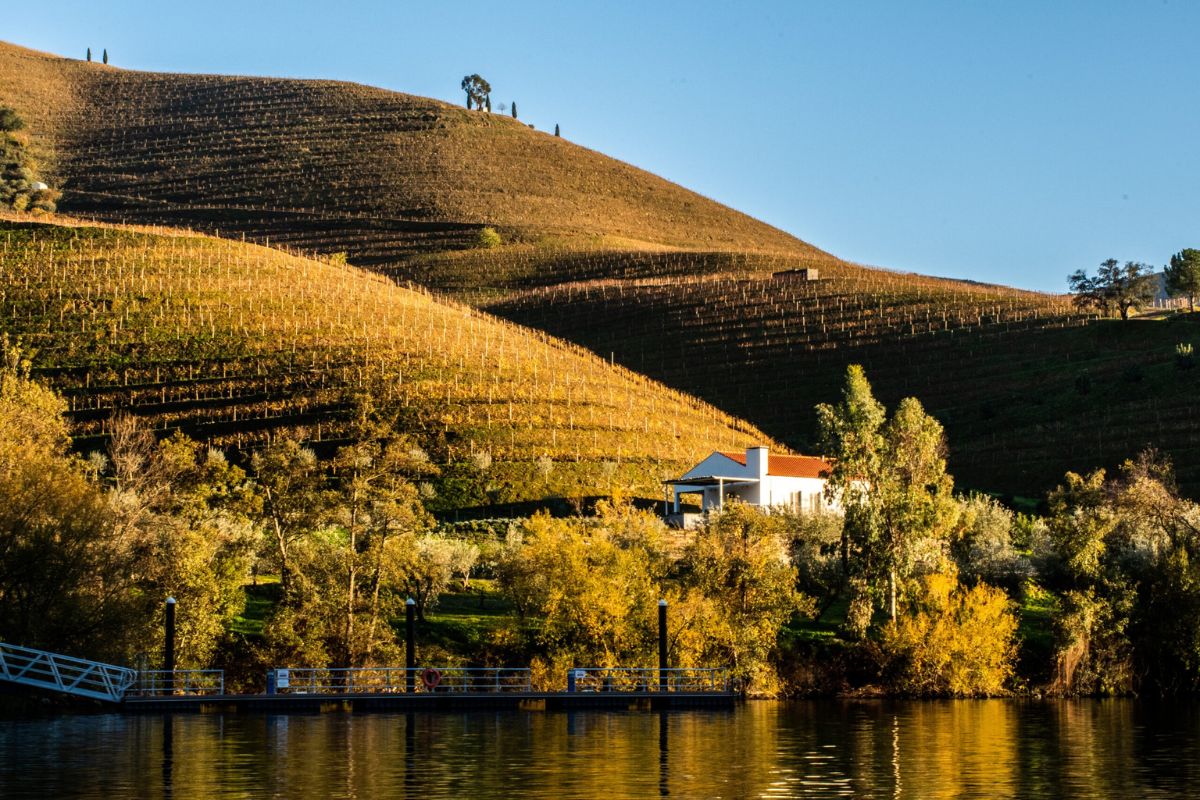The Douro Valley, located a short distance from the historic coastal city of Porto, is known as one of the most renowned wine regions for those who are big fans of the occasional tipple. If you are into this great flavor or accompany children, there are lots of other sights and sounds to enjoy in this northern area of sun-drenched Portugal.

Photo: Andrew McLeod
As a UNESCO World Heritage Site world-famous for its extraordinary natural beauty and ancient wine culture, the Douro Valley is one of Portugal’s most stunning regions that you should visit once in your lifetime. It would be wonderful to begin planning your Douro Valley itinerary today in order to admire a wondrous land of wine with breathtaking vistas.
A paradise everyone longs to explore
Douro Valley is one of the European tourist attractions that attracts a million tourists on a yearly basis and features the Douro River, which has a total length of 897 km. According to the locals, the name of this second-largest river on the Iberian Peninsula originated from the language of the Celtic tribes who lived in this area before the Roman period.
The Portuguese stretches of the Douro have a microclimate suitable for the cultivation of olives, grapes, and especially grapes to produce the famous Porto wine. The area around Pinho and São João da Pesqueira is considered the heart of Porto wine, with picturesque quintas or farms clinging to the almost vertical slopes down to the riverbanks.
Located next to the fast-flowing Douro river, the Douro valley stretches from the eastern border of Portugal to the coastal city of Porto, which is also an estuary. The beauty of the magnificent Douro valley is due to its location next to the fast-flowing Douro river, creating an extremely charming scene. Furthermore, this area has a mild and pleasant climate, so the trees grow green, especially the fertile terraced vineyards stretching on beautiful slopes, winding around the extremely romantic hillsides.

Photo: Wine Food Travel Blog
How the Douro Valley became an ideal destination for wine
In the past, wine was traditionally packed in wooden barrels and taken down the river in flat-bottomed boats called rabelos for transport to cellars at Vila Nova de Gaia on the south bank opposite Porto. In the 1950s and 1960s, dams built along the river ended the transport of wine by water. Currently, Porto wine is transported in tanks on trucks; however, ancient sailboats are still moored on the banks of the Douro River as evidence of a time when life was simpler.
Recently, a thriving tourism industry has developed based on trips from Porto to points along the upper Douro valley. Boats pass these dams thanks to the lock system. And tourists who want to visit the beautiful landscape of canyons and rustic riverside fishing villages can choose convenient small tourist boats or canoes.

Photo: Exodus
The golden time to visit the most beautiful grape fields
There is no doubt that Douro Valley is an excellent year-round destination, offering distinguished features each month. Tourists’ favorite months are noted between April and June, when the weather is sunny and warm in spring conditions without the sometimes uncomfortably high upper temperatures of the summer months.
Three months of summer are considered a peak travel time, although not in large numbers; just book early if opting for April travel, which is popular with Spanish tourists during their Easter holidays. From November through February, the region is significantly quieter, and prices are at their lowest. December travel can be romantic and pleasantly festive, with hotels decked out in lights and Christmas decorations.

Photo: Dream Plan Experience
Wanderlust Tips – TIPSTransport: – USA -> Porto:
– Porto -> Douro:
Currency: Before 2002, Portugal’s official currency was Escudo, but when integrating with the EU, Euro was officially replaced and widely used. |

